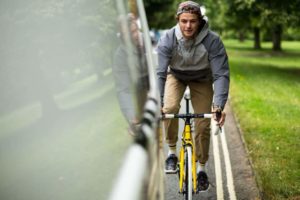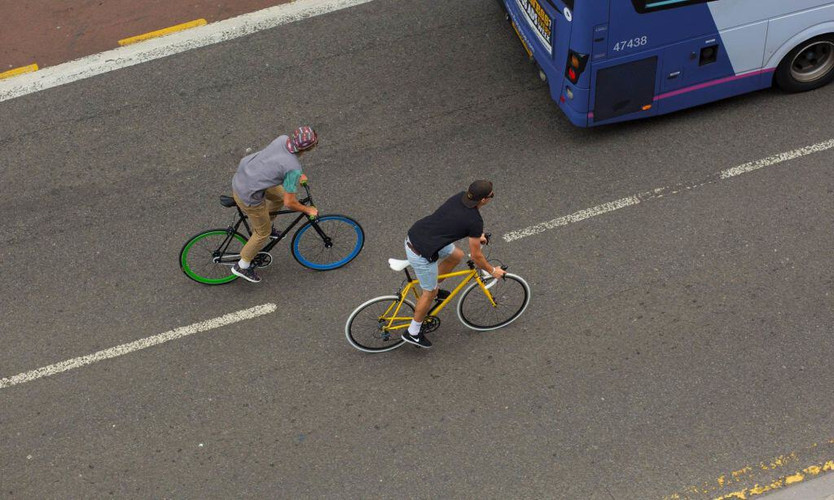10 Rules Every Bike Rider Should Follow
Posted by James on 26th May 2017
1. Obey the Highway Code
When was the last time you had a look at the Highway Code? I'm betting it's been a while. Start by taking a look through the rules for cyclists. There's an overview section which will literally take you 5 minutes to read it. If you're thinking about riding on the road, you need to learn the rules.
2. Know your road positioning

Don't be afraid to use the roads as you should—the recommended positioning is about 1 metre away from the kerb. This should help you avoid all of the scuzz in the gutter while allowing cars to pass safely. If you're approaching a place where it would be dangerous for car to try and overtake you then by all means take the "primary position" in the central section of the road. If a driver gets annoyed, let them deal with it, you're saving them from potentially d ealing with much more grief if they hit a cyclist. We find it's best to remember that everyone is human, and to treat each other with courtesy regardless of whether they're in a car or on a bike. It's best not to be a dick and ride 2-a-breast (yes, it's allowed) on fast roads unless you're looking to annoy drivers. Use cycle paths when available; if there's a dedicated cycle path then it helps everyone to use it.
3. Check behind and communicate
Check behind frequently to ensure you're aware of your surroundings and to alert drivers of the fact too. Always look behind before clearly communicating your intentions with hand signals, it may not be safe to change path so don't communicate if you're not going to follow it—check first!
4. Remember to make eye contact
Make eye contact wherever you can so that drivers, pedestrians and other cyclists are actively aware of you. Keep an eye on the drivers actions inside their vehicle to be as prepared as you can for what they might do.
5. Remain visible to vehicles
 If you can't see the mirrors, they can't see you. Don't travel up the inside of large vehicles to try and save a few seconds, it's much safer to wait behind, in view. Accidents occur when cyclists sit in blind spots.
If you can't see the mirrors, they can't see you. Don't travel up the inside of large vehicles to try and save a few seconds, it's much safer to wait behind, in view. Accidents occur when cyclists sit in blind spots.
6. Assume that others won't look
If you can see movement in a car at the side of the road then assume that a door might open; check your surroundings and see if there is room to move if it were to happen. If you're not sure if you have been spotted, slow down. The same goes with pedestrians, if someone is approaching the road while on the phone or with headphones on then assume they're distracted and might step into the road without seeing you. Prepare for how you might react to avoid accident.
7. Turn down your music!
If I told you to stop wearing headphones you wouldn't listen anyway, but you sure as hell shouldn't be wearing noise cancelling headphones or deep in-ear buds. You need to be able to hear your surroundings louder than anything else.
8. Don't play around at the lights
Serious accidents and fatalities often happen at junctions. Don't gamble on amber, and definitely don't run a red.
9. Approach junctions in the middle of your lane
The best way to handle a junction is to arrive in the middle of your lane, regardless of whether you are continuing straight or turning left or right. This prevents traffic from risking dangerous overtakes. If in doubt, wait it out.
10. Know how to effectively filter through traffic
British Cycling have a comprehensive guide on filtering traffic, but there are a few key takeaways.
- Never filter on the approach to a junction or where you might come into conflict with other road users, unless there is a designated stop line for cyclists and traffic is stationary
- It's often more dangerous to filter on the inside of moving traffic. Be especially careful about sitting in a blind spot of a vehicle, and being on the inside of traffic at junctions


